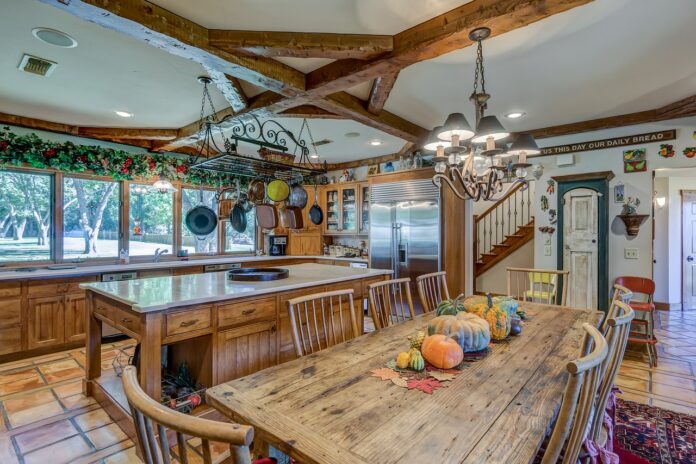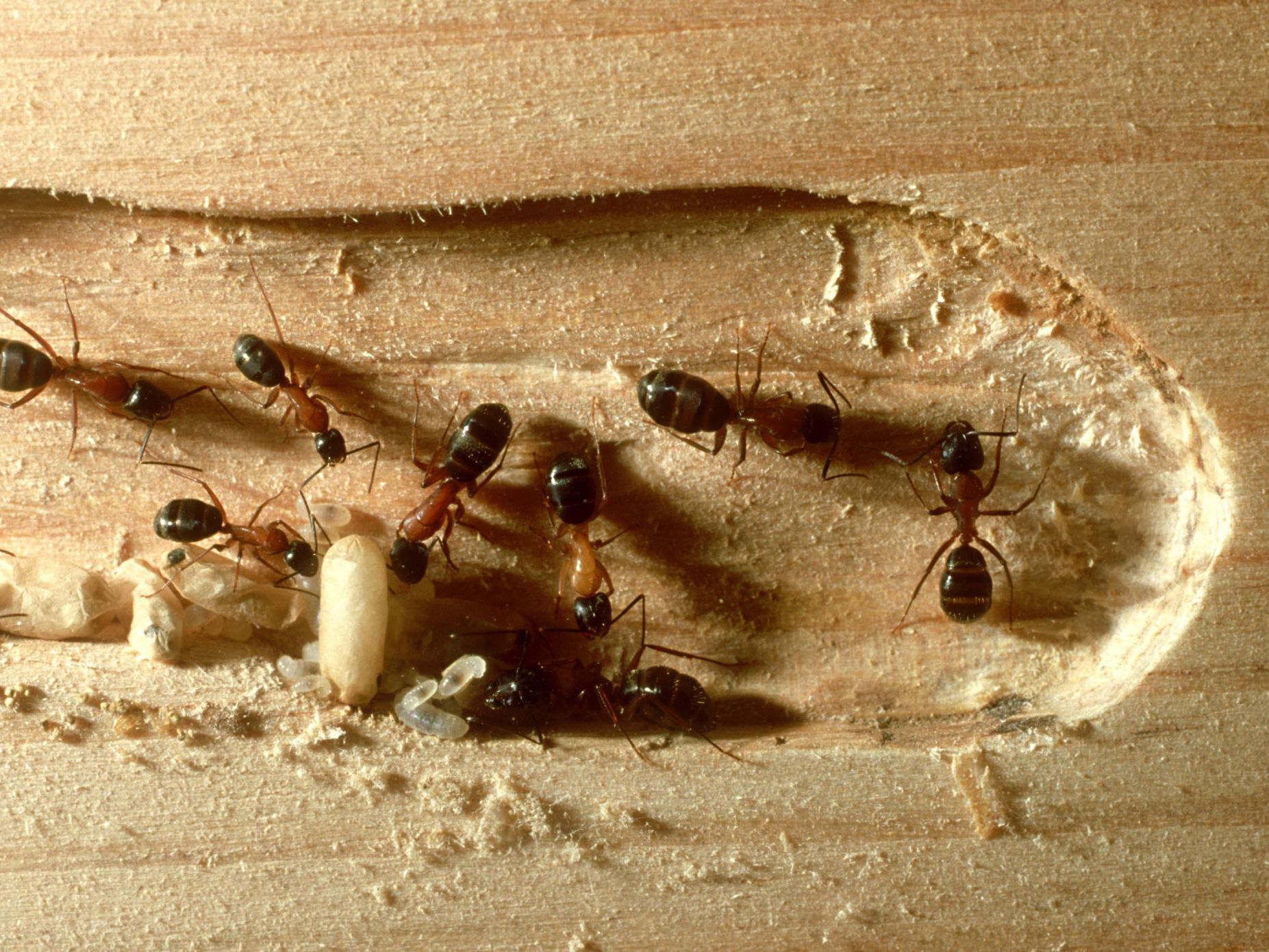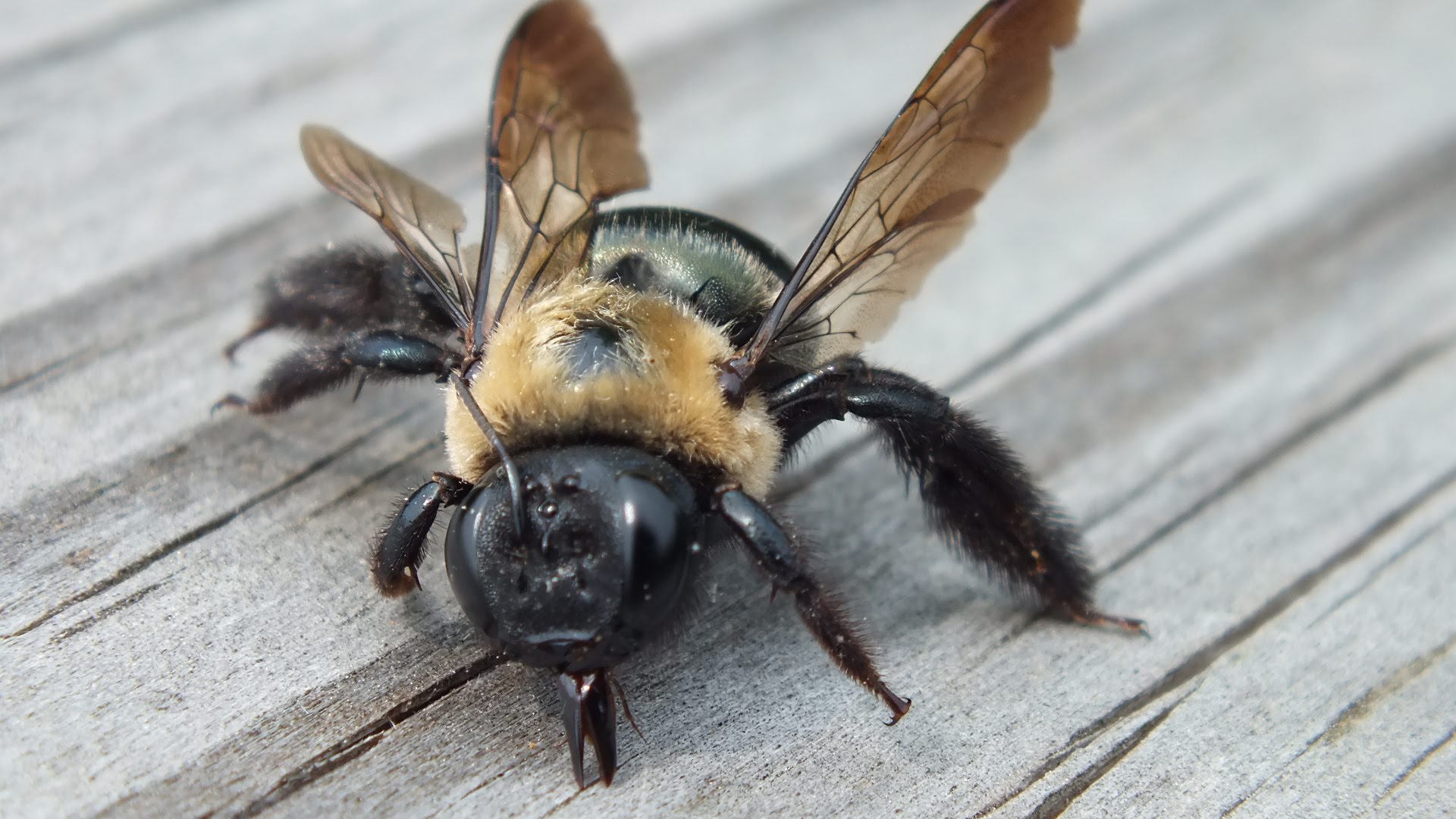From their names, wood-damaging insects damage wood by tunnelling through it to nest, feed, or live. These destructive insects look small-sized and harmless, but if left untreated, they damage your wooden furniture more than would the forces of nature. There’s always a risk of Infestation irrespective of where you live. It might be caused by climate, an outbreak, or any unknown entryways.
Here’s the good news though; you’ll find a way out of this Infestation!
Below is a guide of the most common wood-damaging insects and how they can be prevented. Read along!
Termites
Termites are the most common wood destroyers. These insects are harmful to timber and can cause a million-dollar loss to your property. Unfortunately, termite damage is usually not covered by most insurance, yet their damages require costly repairs.
Prevent Termite Infestation
If you’ve discovered that these are the enemies to your furniture, contact a professional exterminator. They’ll help you seal any holes, cracks, and spaces around your windows and doors that could be the termites’ entrance points.
Powderpost Beetles
These tiny insects can cause significant damage to your hardwood, such as ash, oak, elm, eucalyptus, and African mahogany. The beetles have an average length of between 4 – 7 mm and have a brown/red colour. The hardwood furnishings that are commonly infested by these beetles include floors, mouldings, kitchen cabinets, vintage furniture, doors, and doorframes. You’ll notice that there’s an infestation in your home if you see tiny holes on wood surfaces, timber crumbling, and piles of fine sawdust around your wooden furniture.
Prevent Powderpost Beetles Infestation
Prevent Infestation; most homes encounter this infestation because they already have an “infected” piece of wood that had been used when constructing the timber yards. If this is the case, you’ll need the help of a pest control professional like https://www.excelpestservices.com/pest-control/ who will inspect and ensure that the beetle eggs do not hatch anywhere in your wooden furniture.
Carpenter Ants
These are the culprits behind lots of structural damage. They have powerful jaws that hollow out solid woods pine or fir to make nests. Other than targeting solid wood, the carpenter ants sometimes nest behind insulation or inside doors. Nonetheless, if your furniture is made from firm lumber or pine, you’re at risk of the ants munching on them.
Prevent Carpenter Ants Infestation
Be sure to repair all your plumbing problems and roofing leaks. Also, cut down the overhanging tree branches that help the ants come in contact with your roof’s openings. Like any other pest, the ants can also be prevented by sealing openings and cracks, especially near piping.
Wood Wasps
Though not harmful, wood wasps are very annoying. They have an average length of 20 – 40mm and usually infest pine plantations. They also lay eggs in damaged trees and bring fungus that weakens the timber. Generally, wood wasps don’t result in structural damage to a property, but can still enter your house through finished timber. They damage the surface areas of the furniture, thus creating holes.
Prevent Wood Wasp Infestation
The wasps are often attracted to untreated wood. Therefore, the simplest yet effective way to drive them away is to remove fallen or dead trees from your yard. Given the significant damage that they can cause around your home, prevention is the best option. If you notice signs of infestation early enough, seek professional help.
Carpenter Bees
These insects are large and have yellow and black markings. Their smooth abdomens distinguish them from fuzzy bumblebees. Carpenter bees can be anywhere. Just like carpenter ants, they also delve into the wood from where they lay their eggs. The bees cause more superficial damage than structural damage. It’s also worth noting that the bees prefer unfinished wood over timber with a finish or paint.
To know that you’re encountering their infestation, you’re likely to notice faecal matter and wood shavings, piles of sawdust at entry points, and round holes of between 2.5 – 5 cm diameter in your wood furniture.
Prevent Carpenter Bees Infestation
It’s advisable to contact a pest control expert to immediately handle this problem if you notice infestation signs. These professionals will have a thorough check on your property for the things that trigger their thriving. You can cut down the back branches of your trees and ensure that you carry out regular rubbish removal. Dispose of any materials that assist the carpenter bees from creating a nest.
Conclusion
You’ll know that you’re having insect infestation when you notice any of the following signs; bore dust, holes in timber, crumbling wood, damaged or weak floorboards, or unusual sounds. Once you realize the type of fest that you’re dealing with, it is advisable to manage and control the insects as soon as possible; before they hatch and lay their eggs. Always remember that prevention is better than cure. In this case, curing the damage will be very costly.





















